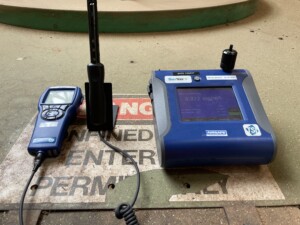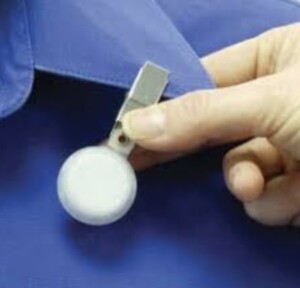Occupational hygiene is the science of anticipating, recognising, evaluating, and controlling workplace hazards that may affect the health and well-being of workers. It involves identifying and assessing workplace hazards, such as chemical, physical, biological, and ergonomic hazards, and implementing effective control measures to eliminate or minimise them.

The goal of occupational hygiene is to ensure that workers are not exposed to harmful substances or conditions that can cause illness, injury, or long-term health effects. By implementing effective occupational hygiene practices, companies can create a safe and healthy work environment for their employees, reduce the risk of accidents and illnesses, and increase productivity and morale.
One of the key elements of occupational hygiene is risk assessment. This involves identifying and evaluating the hazards that exist in the workplace, determining the level of risk they pose to workers, and implementing appropriate control measures to reduce or eliminate the risk. Risk assessments should be conducted regularly, and any new hazards or changes to existing hazards should be identified and assessed as they arise.
Another important aspect of occupational hygiene is monitoring. This involves measuring the levels of hazardous substances or conditions in the workplace and ensuring that they are within safe limits. Monitoring can include air sampling, noise monitoring, vibration monitoring, and other types of measurements depending on the nature of the hazards present.

Control measures are the third key element of occupational hygiene. Once hazards have been identified and assessed, effective control measures must be implemented to reduce or eliminate the risk to workers. Control measures can include engineering controls, administrative controls, and personal protective equipment (PPE). Engineering controls involve modifying the workplace or equipment to eliminate or reduce the hazard, while administrative controls involve changing work practices or procedures to minimise exposure to the hazard. PPE, such as respirators, gloves, and protective clothing, can be used as a last line of defence when other control measures are not sufficient.
In summary, occupational hygiene is a critical aspect of workplace safety and health. By identifying and assessing workplace hazards, monitoring exposure levels, and implementing effective control measures, companies can create a safe and healthy work environment for their employees. This not only benefits the workers but also the company, by reducing the risk of accidents and illnesses, improving productivity and morale, and ensuring compliance with regulatory requirements.
At Airsafe Laboratories, we provide a range of occupational hygiene services to help companies meet their workplace safety and health obligations. Our team of experienced professionals can assist with risk assessments, monitoring, and the implementation of effective control measures. Contact us today to learn more about how we can help you create a safer and healthier workplace for your employees.



